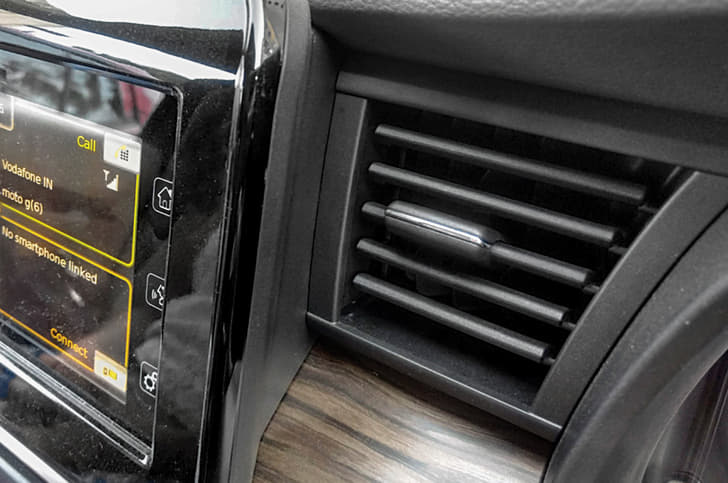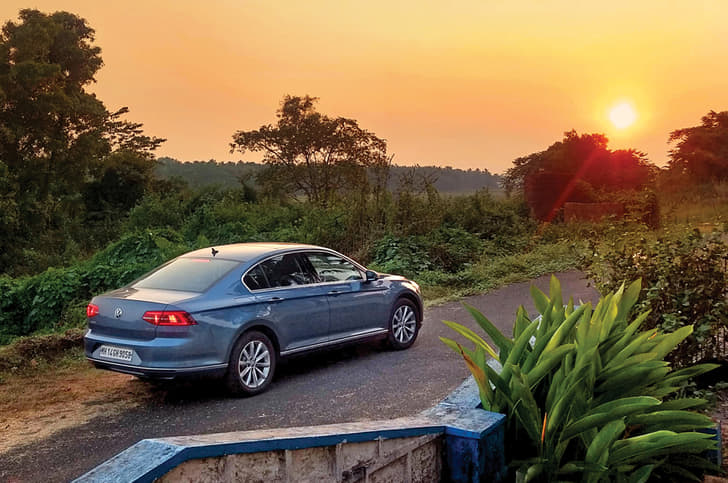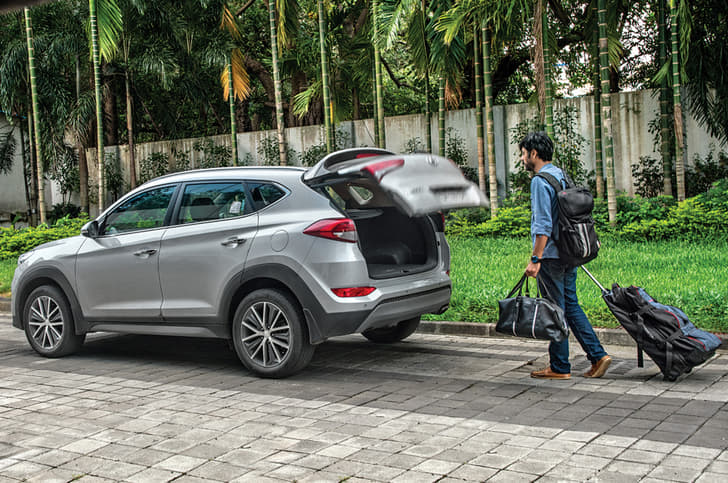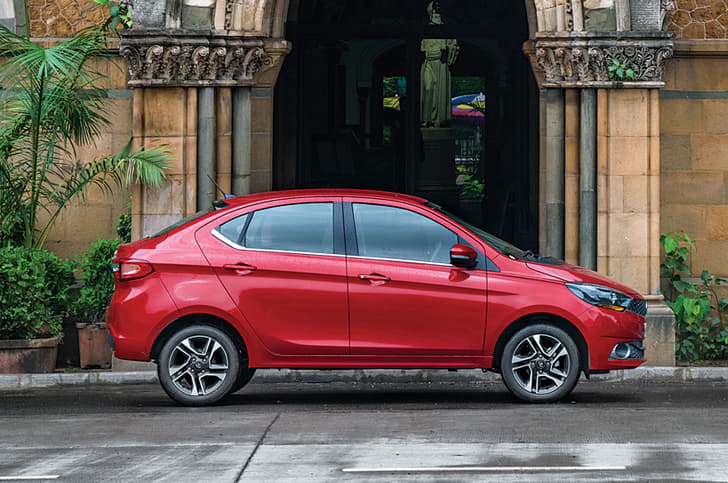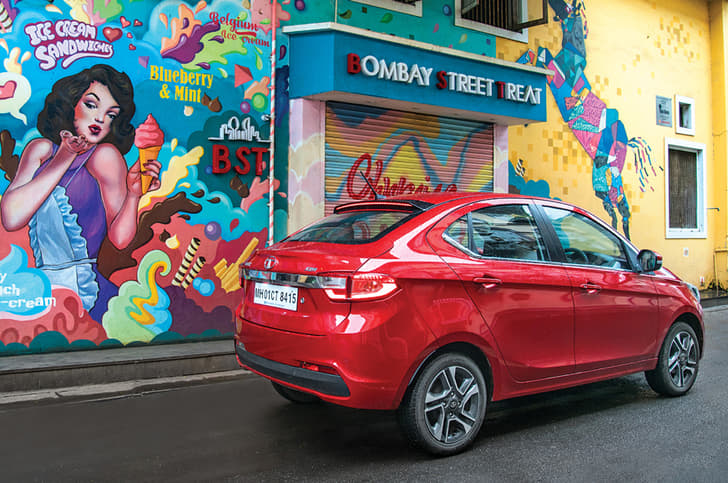The Maruti Ciaz, I think, has done well to embrace its identity of being a comfortable, sensible, efficient midsize sedan. Most cars, when you think about it, have some amount of sporty pretence tacked onto them – an alloy wheel here, a boot-lip spoiler there, and a racy shoulder line in between; but not the Ciaz. It knows its role in the market – the sensible, practical choice. The design emphasises the car’s class-leading length (great for perceived luxury), and is unfussy and mature, and all this draws you towards the back seat, rather than the driver’s seat.
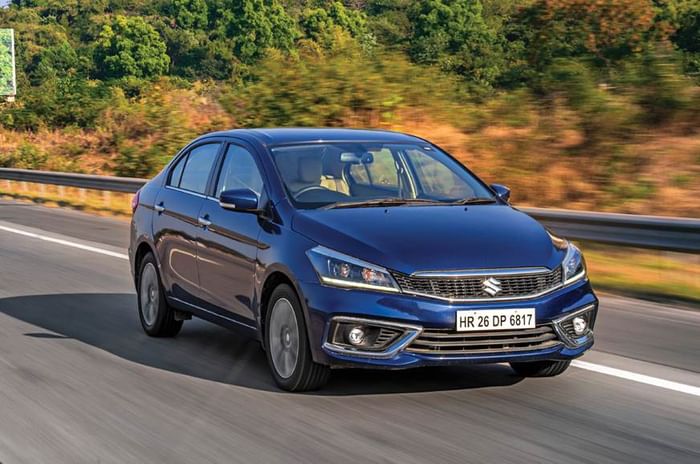
Which is fair enough, because the Ciaz’s engine specs aren’t exactly enticing either. Introduced in August 2018, the all-new 1.5-litre petrol’s 105hp and 138Nm of torque are still miles behind what Honda and Hyundai have been offering for years, and this is to say nothing of VW’s astonishing 1.2 TSI engine, with its intoxicating mid-range wallop. But, see, that’s not the Ciaz’s thing. What it has instead is a mild-hybrid system, and this suits the car just perfectly, as I’ve found out over the last couple of months. And since this issue is all about electrification, what better time to tell you what that’s like to live with.
Recently, in a video review I did of the new Mahindra XUV300 (you can find it on our YouTube channel), I said that while its stop-start system worked, it didn’t work very seamlessly. Many commenters wrote in, frothing with rage, telling me how I was doing it wrong, but I’m willing to wager that those people haven’t tried Suzuki’s SHVS system. Kudos to Mahindra for introducing the technology to mainstream India with the Scorpio, but it’s Maruti that has since perfected it.

And that’s really all down to the speed and smoothness with which it engages and disengages. There are very few vibrations and the engine fires up in less than a second, the moment you touch the clutch pedal. And, should you manage to slot the lever into first quicker than the engine can restart, it won’t panic and shut itself down again. This might all sound a bit pedantic when you read it on a page, but what it means in practice is that the Ciaz stop-start system barely feels like it’s there. And that’s perfect for someone transitioning from a car without this system; you don’t have to adjust your driving style to reap the benefit of engine stop-start.
And those benefits? Well, as ever, I’m not the most efficient driver, and my commute is 90 percent traffic, but this midsize sedan routinely does a few KPL better than what I managed in the ultra-lightweight Dzire compact sedan with its 1.2-litre petrol engine (one of the most efficient petrol cars around), which I ran before this. Goes to show how much fuel you can save just by turning the engine off when you’re stationary!
It’s even had an effect on my driving style. I’ve slowed down my pace, I let the stop-start do its work, and watching the colourful ‘hybrid’ graphic on the MID screen is a fun game to play, if a slightly distracting one. Could the Ciaz and its hybrid system make a more sensible
driver out of me? Let’s give it a few more months.


















